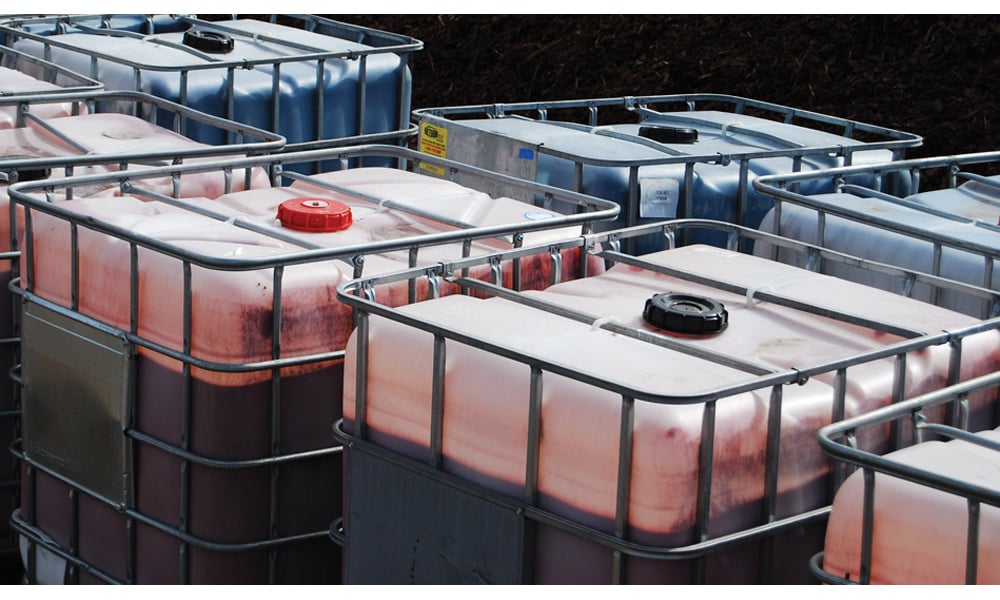
Grinding is perhaps the single most important aspect of any mulch production business. After all, if you're not grinding fiber, how are you going to make mulch? To help you build the most profitable operation possible, here's everything you need to know about grinding wood fiber for mulch.
Mulch sizes
The size of mulch you produce depends on the screens you use. Two-inch minus or three-inch minus are fairly common across the industry and work for a variety of applications. To achieve the desired size, you’ll have to consider whether you can get away with a single grind or if you’re going to have to process the fiber more than once. This will affect your costs, so you’ll have to consider how you can produce the desired product while incurring the least expense.
Homeowners generally prefer a smaller, finer material for their landscaping needs. However, customer preferences tend to vary by region and, of course, person to person. So, conduct a little market research or consult with your ChromaScape representative about what size mulch is most sought after in your area.
The fiber you use matters
Green waste fiber will hold a lot more moisture than natural hardwood, pallets or construction waste. This can put extra strain on your grinding equipment and potentially create issues or even equipment failure, particularly in the spring and in colder months. Along with the moisture content, you’ll also have to consider the level of decomposition in your fiber as this will likely have an impact on your grinding operation. Fiber that is more decomposed can clump together, which is particularly troublesome when coloring mulch. Consider how the fiber you use affects your total costs and whether that fiber is right for creating the kind of product your customers want.
Grinding costs
Your grinding costs are often referred to as your labor and loader costs and there are five main expenses here that you need to consider:
- Labor wages
- Benefits
- Fuel
- Maintenance
- Equipment depreciation
Of course, grinding costs are only part of your overall mulch production costs. To calculate the rest and determine your true cost-per-yard, use our Coloring Cost-Per-Yard Calculator.
Grinding equipment maintenance
Your grinding equipment represents a major investment and is the lifeblood of your business. So, it's important you take good care of your machine. Amerimulch equipment experts recommend inspecting your grinder regularly and taking extra time at the start and end of each season to make sure your grinder is in tip-top shape. Here are some other things to keep in mind that can help you get the most out of your equipment:
- Replace any broken teeth immediately as damaged teeth mean your machine won’t work as well and it can actually put more stress on the rotor
- Swap out broken or damaged screens whenever needed
- Always make sure your equipment is properly lubricated
- Make sure your hydraulic hoses have the right specs for your particular piece of equipment or they could fail
Many of the most common maintenance tasks can be handled by your crews. But if there’s an issue with the engine, electrical systems, rotors or main bearings, it’s best that you call in a professional to conduct those more significant repairs.
Winterize your grinding equipment
If you operate in a cold-weather environment, you need to take special care of your equipment when the temperatures start to drop. Here are a few tips on getting your grinder ready to use in winter:
- Keep equipment indoors when not in use
- Keep batteries charged and indoors when not in use
- Use the proper lubricants and apply an arctic hydraulic oil on hydraulic hoses
- All the engines should reach designated operating temperature before using
- Fill the fuel tank at the end of each day to prevent freezing
By taking good care of your grinding equipment and being conscious about all the hidden costs in your mulch production operation, you can keep costs down and create a mulch product your customers will love.
Want to improve your mulch production business by adding superior Amerimulch colorant or equipment to your operation? Contact us or request a sample today!



